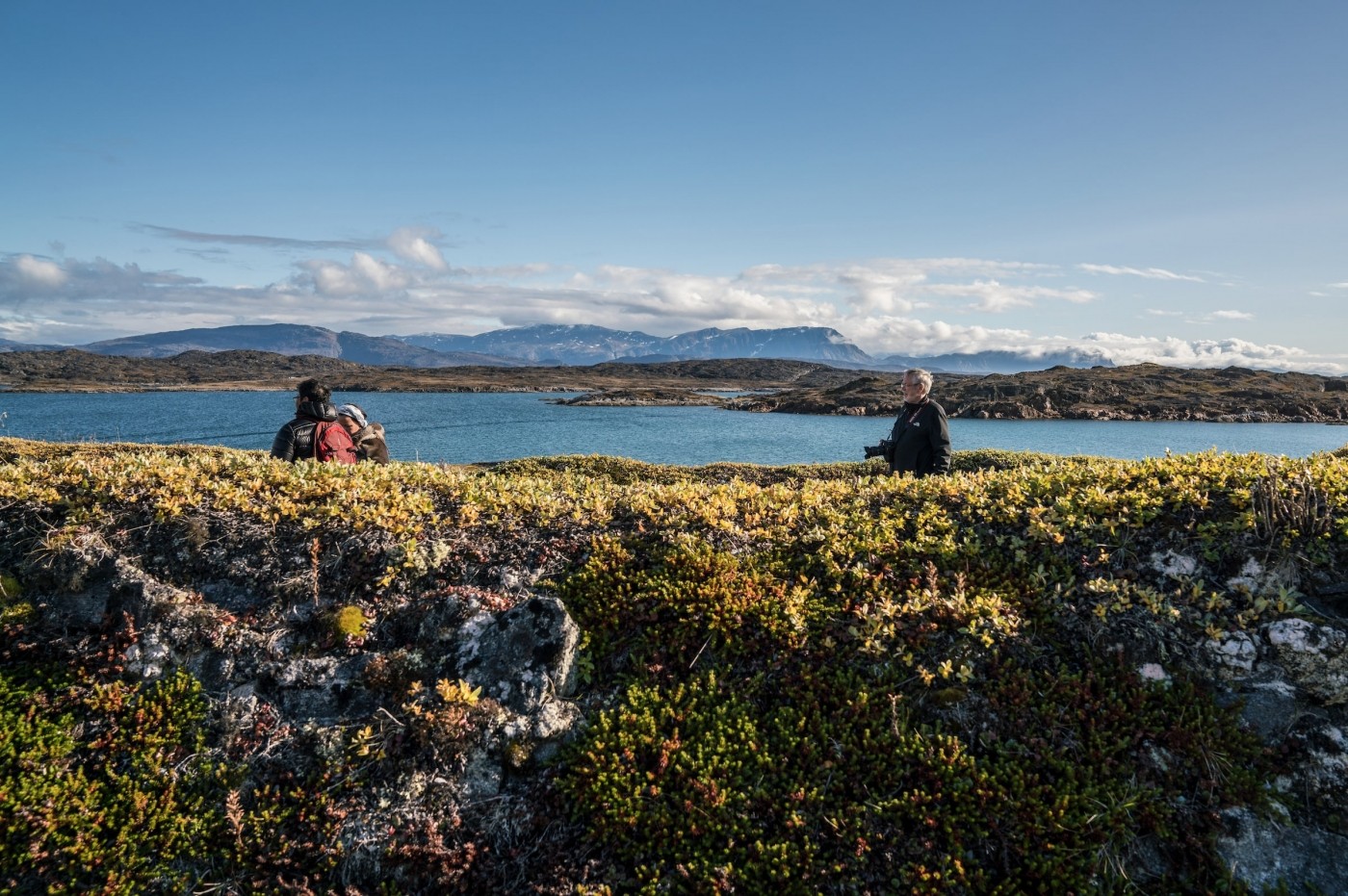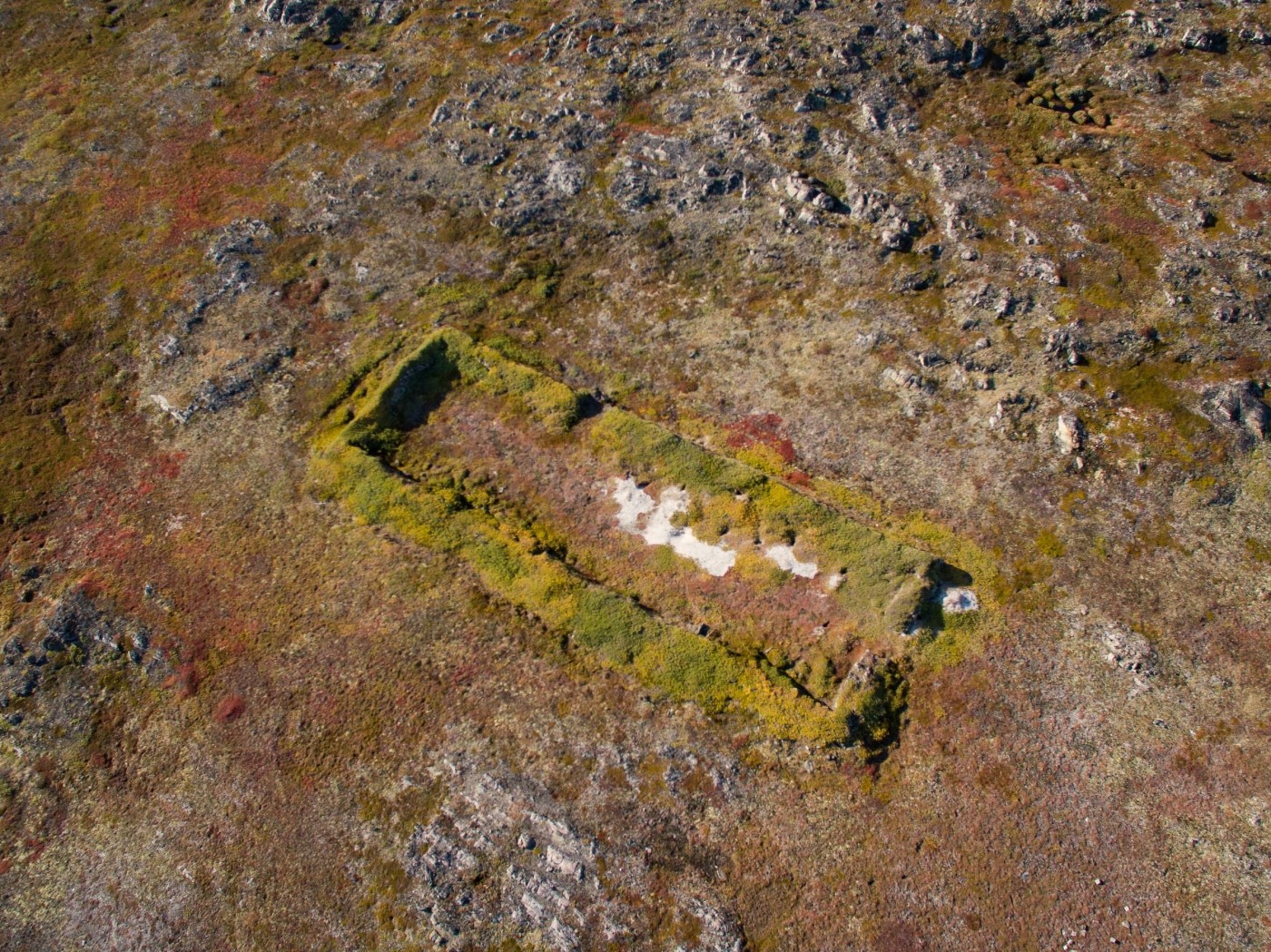In this first of a series of articles we will untangle the differences between the different guidelines that are used in Arctic tourism, explaining how they are implemented within Greenland and what they mean for tourism in the country.
Continues further down the page...
Following the success of site-specific guidelines in Svalbard, in 2014 AECO and Visit Greenland decided to conduct research to determine whether similar guidelines could work in Greenland. The resulting report concluded that a full-scale site guidelines project for Greenland was feasible, and that developing such guidelines for Greenland could strengthen the country as a cruise destination and encourage more sustainable and more informed use of the selected sites.
However, developing site-specific guidelines is a huge task and involves cooperation with many different partners, from the cruise industry, local authorities, operators and local communities to experts in geology, biology, archaeology, history and nature preservation. As a result, developing site guidelines is a costly process and requires a lot of funding.

Destination Arctic Circle is the first region to embark on developing site-specific guidelines, and this is being done as part of its recent UNESCO designation (2018). In cooperation with partners including AECO, the Greenland National Museum, the UNESCO Site Management and Sisimiut Museum, DAC plans to use the Svalbard guidelines as inspiration, but to adapt them appropriately to Greenland.
The first site to get site-specific guidelines will be Nipisat Island, which is one of the 7 sub-sites that make up the DAC UNESCO site. Site assessment will begin this summer, with archaeologists starting to investigate the site, while other specialists will come in next year.
It is hoped that the guidelines for Nipisat Island will be published in October 2020, but this is a long process and a process which is totally new to Greenland, so this date is subject to change.
After Nipisat Island, Destination Arctic Circle will turn to the other 6 UNESCO sub-sites, and begin developing site-specific guidelines for those.
We also hope that other regions in Greenland will begin to develop site guidelines in the future, in the interest of protecting Greenland’s unique nature and contributing to a more sustainable and responsible tourism industry in Greenland.
Site-specific guidelines relate to specific sites that are impacted by tourism. They concern the physical elements of a landscape – outlining how to minimise negative impact on Arctic flora, fauna, culture and cultural remains. While community guidelines, for example, explain the best ways for travellers to approach the people and cultures of new communities, ensuring that tourists don’t have a negative impact on local communities whilst giving them the most local experience possible, site-specific guidelines are usually put in place for uninhabited or sparsely populated areas, and focus on safeguarding the physical environment, which includes the cultural landscape, archaeology, and ancient and historic remains.
Site-specific guidelines are scientifically researched in a lot of depth, and require many different teams of specialists to investigate the area on different levels. The guidelines are binding for members of AECO, while they are purely advisory (but highly recommended) for all other travelers and users of the site.
Currently, there exist site-specific guidelines for 21 sites in Svalbard and 5 sites in Franz Josef Land, Russia. You can read more about existing guidelines here.
